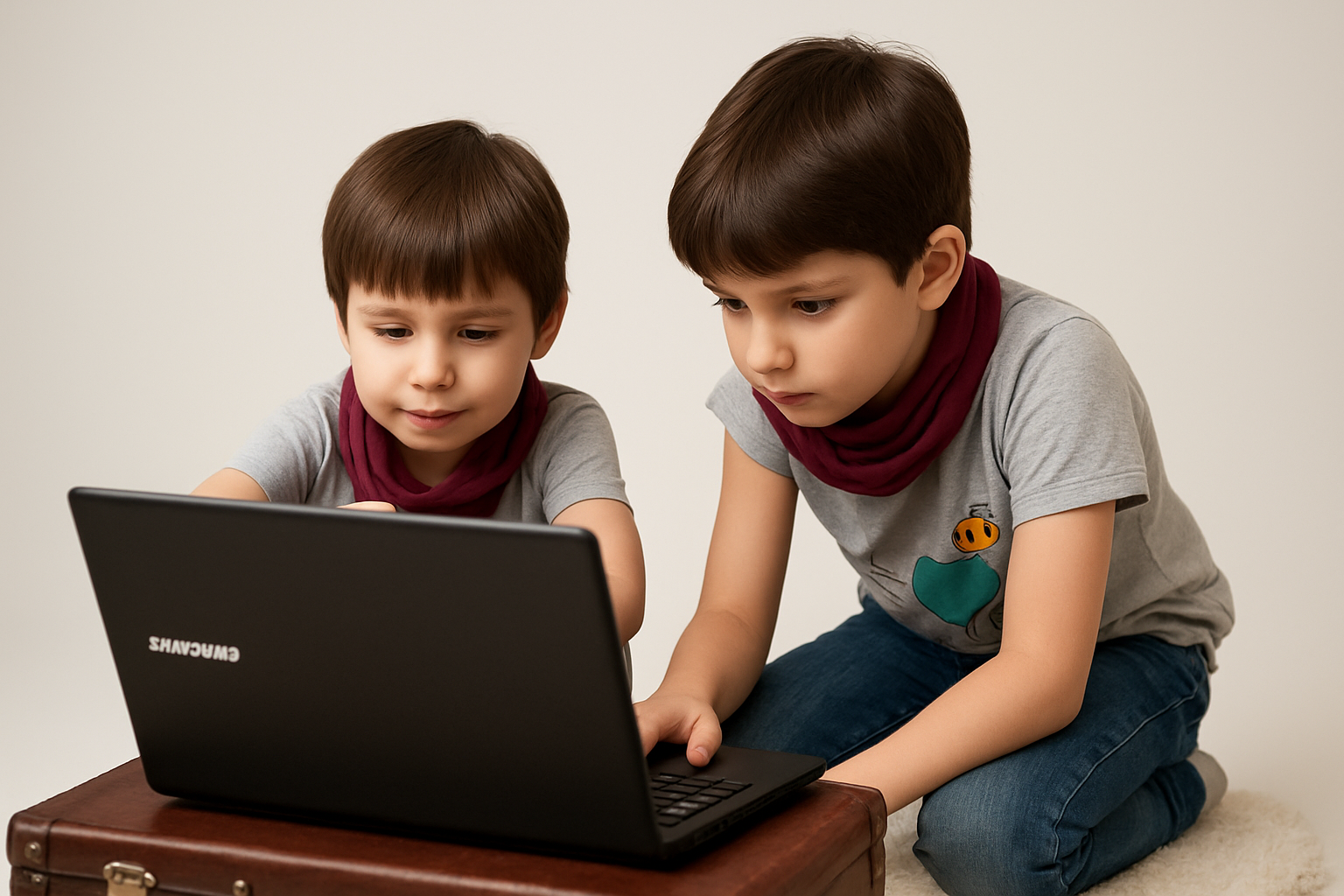AI-powered video editing is no longer just for professionals. Kids and teens are now exploring these tools for school projects, YouTube videos, TikTok clips, and creative hobbies. But with so many apps out there, parents ask the same question: Which AI video editors are safe and age-appropriate?
The good news: there are kid-friendly, teen-friendly AI tools that balance creativity with privacy and safety. Here’s what you need to know.
Why Kids and Teens Use AI Video Editing Tools
- Creativity Boost: AI helps young creators turn raw clips into polished videos quickly.
- Easy Learning Curve: Beginners don’t need advanced editing skills to make professional-looking projects.
- School & Projects: AI tools are popular for presentations, assignments, and digital storytelling.
- Future Skills: Learning AI editing early builds digital literacy and prepares kids for tomorrow’s media landscape.
Safety Concerns Parents Should Know
While AI tools are powerful, not all are designed for younger users. Common risks include:
- Data Privacy: Some apps collect personal data without clear consent.
- Inappropriate Content: Open platforms may expose kids to mature templates, ads, or communities.
- Overuse of AI Automation: Kids might skip learning real editing skills if they rely solely on AI.
- Cost Traps: “Free” apps often push in-app purchases or subscriptions.
Parents should choose tools that have clear privacy policies, parental controls, and age-appropriate features.
Safe & Smart AI Video Editing Tools for Kids and Teens
Here are trusted options, grouped by age and use case:
- Kapwing (13+)
- Browser-based editor with AI tools like auto-subtitles and background removal.
- Safe for teens, with a free plan for basic projects.
- Great for school assignments and YouTube/TikTok videos.
- Canva (All Ages with Guidance)
- Intuitive drag-and-drop design with AI-powered video editing.
- Kid-friendly templates for presentations, short videos, and social posts.
- Parents should help younger kids navigate to avoid unsuitable templates.
- Adobe Premiere Rush (10+)
- Simplified version of Adobe Premiere, suitable for beginners.
- Includes AI-driven auto-editing features.
- Best for older kids who want to level up from basic editors.
- Animoto (All Ages)
- Simple, slideshow-style video creation with AI assistance.
- Educational focus—great for classroom projects.
- Safe interface with minimal distractions.
- VLLO (12+)
- Mobile-first editor with smart effects and easy-to-use AI tools.
- Safe for teens, though parents should monitor sharing options.
- Moovly (13+)
- Web-based editor with AI voiceovers and animation tools.
- Commonly used in schools for presentations.
- Built with privacy and education compliance in mind.
Tips for Parents and Educators
- Check Age Ratings: Most AI tools are designed for ages 13+ (due to data privacy laws like COPPA).
- Use Education Versions: Many companies offer school-safe editions (Canva for Education, Adobe for Students).
- Guide First Projects: Sit with your child during early use to teach safe, responsible editing.
- Balance AI and Learning: Encourage creativity beyond automation—kids should learn basic editing too.
- Set Sharing Rules: Teach kids to avoid uploading personal info or sharing projects publicly without review.
AI Video Editing Tools FAQs
Are AI video editors safe for kids?
Yes, but only when chosen carefully. Look for tools with privacy protections and age-appropriate features.
Which AI video editing app is best for teens?
Kapwing, Canva, and Adobe Premiere Rush are popular teen-friendly options.
Can kids under 13 use AI video editors?
Yes, with parental supervision. Tools like Canva and Animoto are safe when guided.
Do AI video editors cost money?
Many have free plans. However, premium features often require subscriptions.
What skills do kids learn from AI video editing?
Creativity, digital literacy, storytelling, and media production—skills that will matter in school and future careers.
Final Word
AI video editing can be both safe and empowering for kids and teens—when the right tools are chosen. The best editors combine:
- User-friendly design
- Privacy protections
- Educational value
- Creative freedom
Parents should focus on guiding kids to use AI tools as creative assistants, not shortcuts. With balance, kids and teens can safely explore the future of video storytelling.
ALSO READ: Will AI-Generated YouTube Videos Get Banned or Demonetized?

